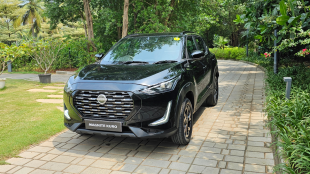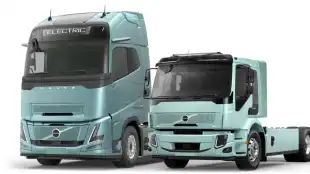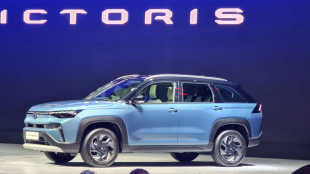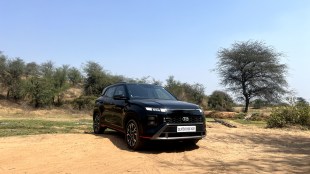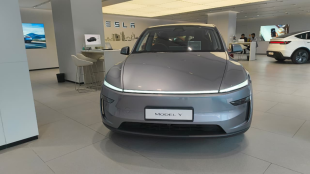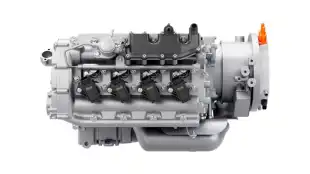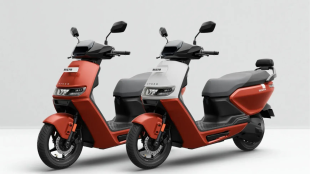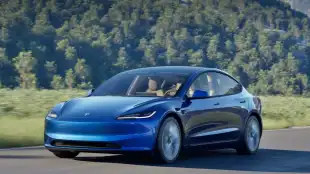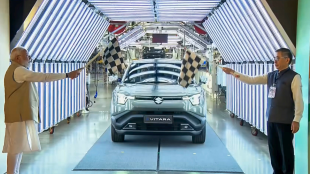A key component of the 2015 Smart Cities Mission (SCM) – a joint effort of the Ministry of Housing and Urban Affairs (MoHUA), and all state and union territory (UT) governments – is the substantial emphasis on smart mobility. To that effect, Central and State governments will provide financial aid between 2017–2022 to the cities to retrofit sustainable solutions to the 100 cities selected in initiative.
Urbanisation’s upward swing has only become more aggressive. The United Nations Department of Economic and Social Affairs says two-thirds of the world’s population will be living in urban areas by 2050. India’s urban population (1) is expected to grow to 814 million by 2050. By 2025, 46% of Indians will live in cities. By 2030, the number of cities with populations of more than 1 million will grow from 42 to 68.
Smart city solutions can mitigate transport emissions and help achieve carbon emission reduction goals. Smart mobility, in turn, harnesses technology to manage multiple mediums of transport in more efficient, resilient, and sustainable ways. It uses available capacity, maintains continuous mobility services despite disruptions while selecting green options.
If properly implemented, smart mobility could save 64% of anticipated transport-related energy demand, and reduce 37% of carbon emissions by 2030 (2). Smart mobility solutions use technologies to make sense of big data and aid in efficient decision-making at both policy making and consumer level. For instance, an IoT-based dashboard app in a driver’s smartphone can communicate with EVs’ sensors – roadside monitoring devices – to render a detailed report of the route including stops, detours, traffic, accidents, charging points, etc. Consequently, transport management becomes optimal for law enforcement and other presiding agencies. To narrow it down, environmental data-driven intelligence improves strategic decision-making for all the stakeholders in the mobility industry, from automotive manufacturers to drivers. Let’s look at this correlation with examples.
Smart mobility Autonomous Mobility
Autonomous driving technology aims to minimise human negligence and errors for safer commutes. Environmental intelligence can help Advanced Driver Assistance Systems (ADAS) to prevent accidents. Smart sensors can better predict weather conditions and visibility rates, increasing the scope of a fleet of Autonomous Vehicles (AV), especially for first- and last-mile commute and public transportation.
Smart mobility and connectivity
Vehicles exchange data with peers and a central hub through cellular, WiFi, and satellite communications is now being explored through smartphone apps. This collation of information can greatly ease insurance, enhance driver safety, manage fleets, etc. A comprehensive platform for an interconnected network of vehicles can help drivers and businesses monitor, track, re-program, and diagnose vehicle issues with constant weather alerts. With IoT-based technologies, ambient air quality monitoring systems can self-diagnose vehicles, schedule emissions tests, and regulate metrics for optimal performance.
Smart Mobility as a Service
Integrating several types of transportation into a single Mobility-as-a-Service (MaaS) offers a single application to adopt and maintain a user-centric approach. Customers can use one platform to track, control and regulate their mobility options. The comprehensive platform can help users select from customisation, ticketing, and payment operations. Environmental intelligence allows more convenience and efficient planning before commutes. MaaS providers can partner with environmental data providers such as Ambee to create new business models to operate various transport options.
Smart Mobility for Smart Infrastructure
Infrastructure is the nerve centre of any city. Add smart to the mix and there’s a heavy reliance on technology. Here, environmental intelligence expands its reach from actual mobility to transcend to smart roads, automated parking, and information sharing. Advanced sensors can help make data-driven decisions. Whether it’s construction schedules, efficient planning, fund allocation, location identification, etc. Efficient mobility can drive efficiency in all areas.
As is evident from recent news, India is wholeheartedly participating in the race to reduce emissions through a variety of policies, incentivisation schemes and ambitious plans. However, the implementation and results of these initiatives haven’t manifested into enthusiastic results. By making conscious decisions that will fight climate change, the mobility sector will create an incomparable difference to this mission. The industry can rely on environmental data-driven solutions to make these much-needed changes. Environmental intelligence might just be the catalyst to hasten this sustainable revolution with its capacity to offer cross-functional, technology-based solutions that will help build transportation systems of the future.
(2) https://rmi.org/wp-content/uploads/2017/05/NITI_RMI_India_Mobility_Report_2017.pdf

Disclaimer: The views and opinions expressed in this article are solely those of the original author. These views and opinions do not represent those of The Indian Express Group or its employees.

